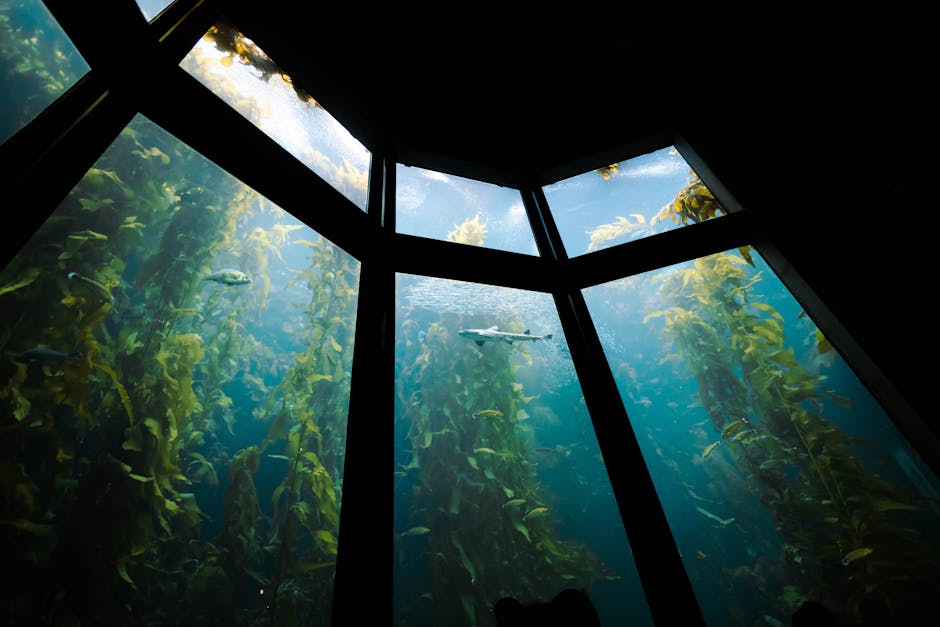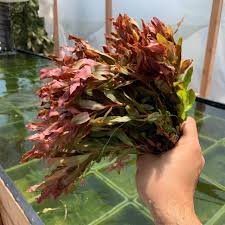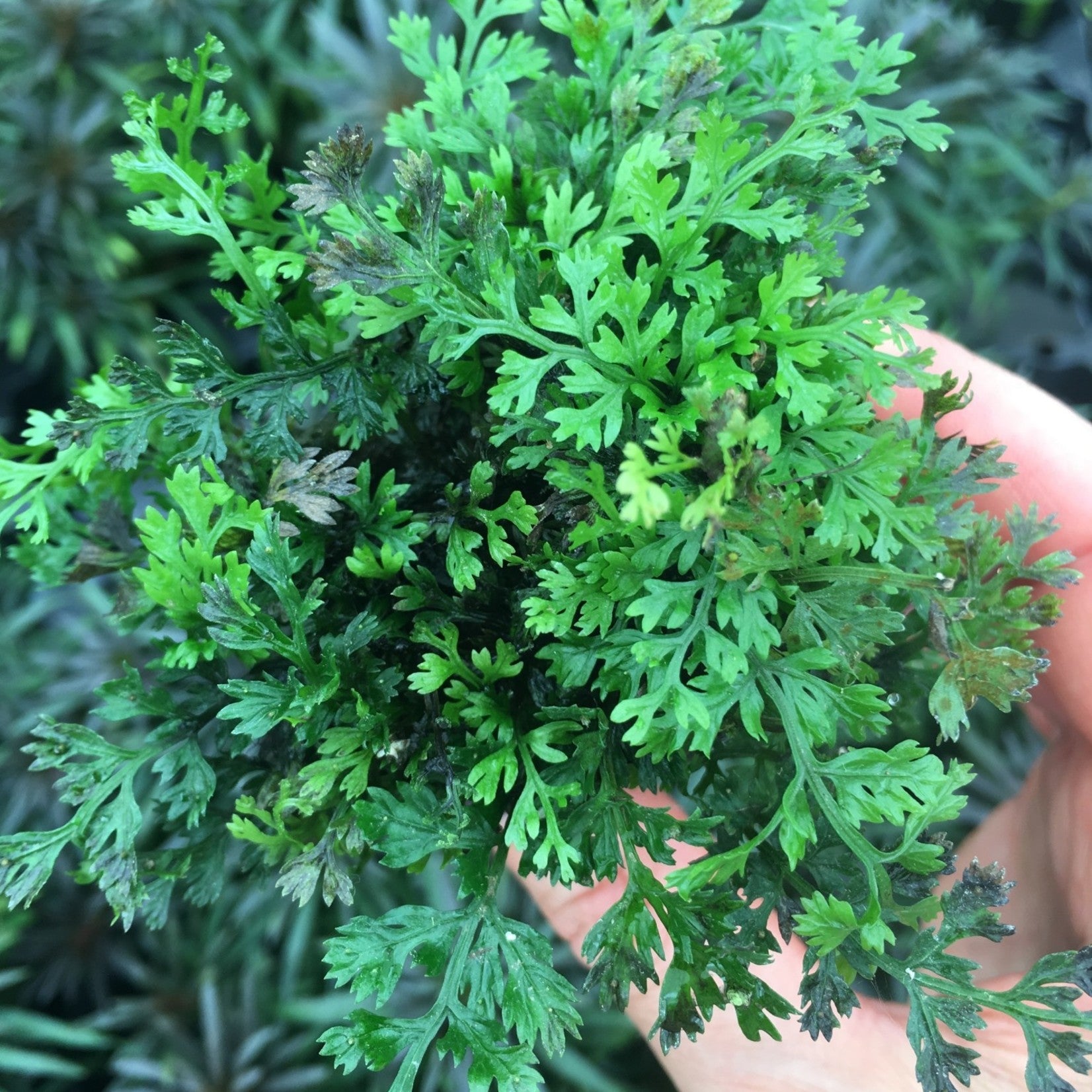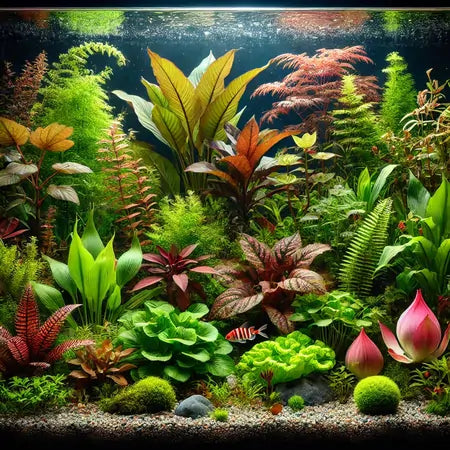Trending searches
$0

Diving into the world of rare aquarium plants can be as enriching as it is challenging. These unique flora not only beautify your aquatic setup but also create a healthier environment for your aquatic friends. Understanding the essential conditions for their thrive will not only ensure their vibrancy but also turn your aquarium into a breathtaking underwater garden. Let’s explore how to create the perfect home for your rare aquatic plants.
The foundation of a healthy aquarium lies in its water quality. Learn about pH levels, hardness, and temperature that suit rare aquarium plants. For many species, a pH range of 5.5 to 7.5 is ideal, but specific requirements can vary.
Water hardness is another crucial factor; soft to moderately hard water is often preferred. Distilled water, while free of contaminants, lacks minerals that plants need, teaching us the importance of balance.
Temperature plays a significant role too, with most tropical plants thriving in waters that are between 72°F and 78°F. However, always research your plant’s specific needs, as some might require warmer or cooler conditions to truly flourish.
Photosynthesis is crucial. Discover the importance of lighting types and cycles for promoting growth and health of your aquatic plants. LED lights are particularly beneficial due to their full spectrum and energy efficiency.
The duration of lighting should be carefully managed; typically, a cycle of 8-10 hours per day is adequate. Longer lighting periods may not benefit the plants more and could encourage algae growth.
Consider the depth of your aquarium and the placement of your plants. Light intensity decreases as water depth increases, which means lower-placed plants might require stronger light sources.
Choosing the proper substrate is more than just aesthetics; it’s about providing the ideal bed for plant roots to thrive. Some plants do well with gravel, while others require specialized aquarium soil to access nutrients effectively.
Layering your substrate can create a nutrient-rich base that promotes root growth and helps to anchor your plants. A bottom layer of nutrient-packed substrate topped with gravel can ensure both stability and nutrient availability.
Understand which nutrients are vital for your rare plants and how to effectively fertilize without harming your aquatic ecosystem. Macronutrients and micronutrients play distinct roles in plant health and must be balanced.
Use liquid fertilizers judiciously, as overfertilization can harm your plants and fish. Root tabs can be a less invasive option for directly supplementing soil-dwelling plants with the necessary nutrients.
CO2 isn’t just for us; plants need it too. Learn the significance of CO2 levels and methods to safely introduce it into your tank. A well-regulated CO2 system can enhance plant growth significantly, giving your aquarium that lush, vibrant look.
Monitoring is key to ensure CO2 levels are within a safe range for both plants and aquatic animals. Consider using a CO2 indicator solution to easily keep an eye on levels and adjustments.
Regular maintenance is key to preventing algae growth and ensuring your rare plants remain the stars of your aquarium. This includes trimming dead leaves, cleaning the substrate, and monitoring water quality regularly.
Don’t overlook the importance of periodic water changes. Fresh water introduces essential minerals that might have been depleted, helping to maintain an environment where your rare plants can thrive.
Caring for rare aquarium plants is a rewarding endeavor that brings life and beauty to your aquatic environment. By monitoring water parameters, ensuring adequate lighting and nutrients, and maintaining the right substrate and CO2 levels, you can create a thriving habitat. Remember, the key to success lies in consistency and patience, allowing your rare plants to adjust and grow in their new home. Happy aquascaping!



Check out our shop for a variety of fresh, farm-grown plants! Find the perfect options to enhance your aquarium today.
!